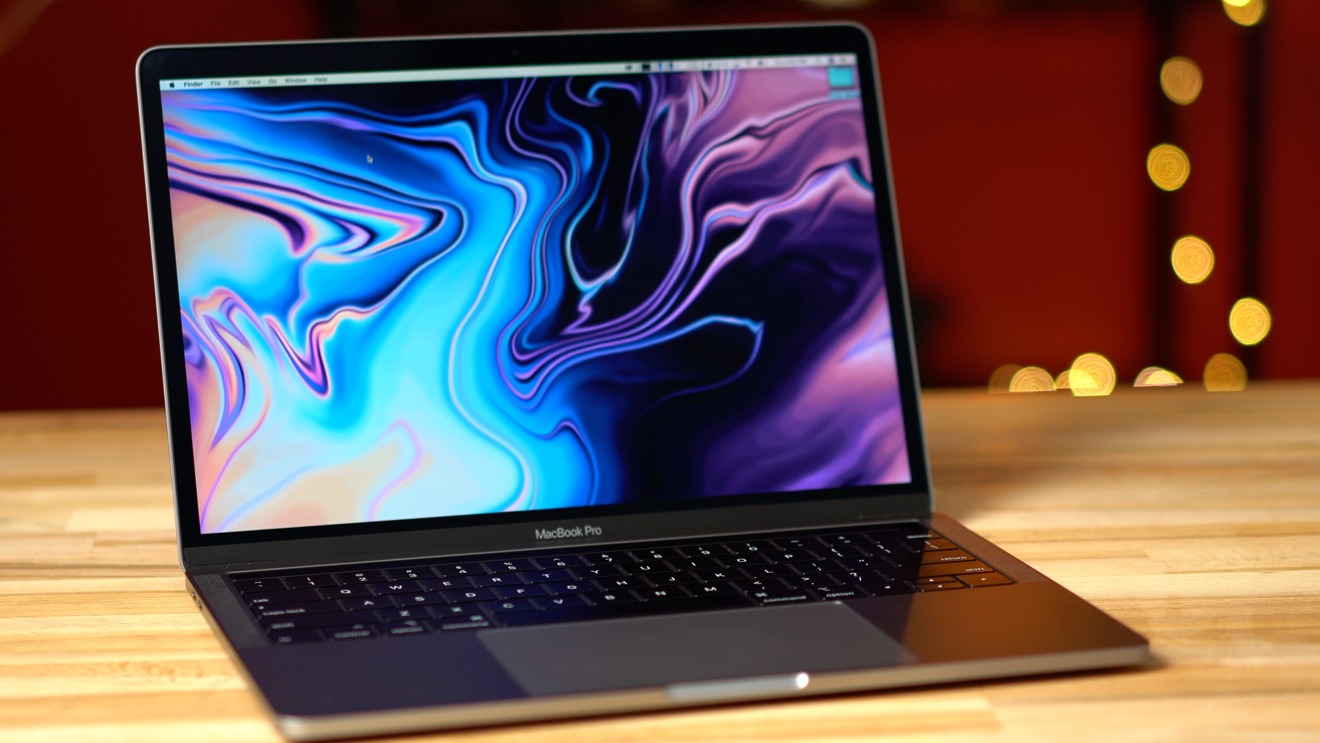

I worked with this machine outside at my campsite and was pretty shocked at how bright / colorful it was, even in the brightest of conditions. When they stopped making those, I ordered my own third party film to make the screen matte myself.

I really despise reflections and I’m that guy who used to custom order Macs with the matte screen option. If you’ve found a great way to leverage the Touch Bar, I’d really love to know. Leave a comment below. While I played with a few app-specific configurations, I didn’t find anything uniquely powerful and this setup represents what I most need. I messed with a few custom Touch Bar setups but landed on showing the F keys as default, and then when I press the “fn” button I see the brightness slider on the far left, volume slider on the right, and Do Not Disturb just to the right of that.
#Apple macbook pro 2018 review windows#
(For instance, when I press F1, all applications are hidden and all Finder windows closed. I do this throughout the day to reset and switch to a different task.) I’ve programmed my Function keys for complex tasks. I use Keyboard Maestro hundreds of times a day and have used KM or QuicKeys for 20+ years. I downloaded BetterTouchTool, which grants all kinds of customization of the Touch Bar (and more), but I haven’t gotten anything dialed in that I love. (I wish I could still feel my Escape and Function keys. I found myself accidentally pressing them multiple times a day.) I spent 45 hours working on this machine and I still haven’t been able to adapt. You know that feeling when you put your hands on a keyboard and you feel like you can just fly on it? This is one of those. It’s quiet, yet still maintains a solid tactile response and the size feels right.Īs for Touch Bar, I’m just not into it yet. I see the potential in it, but my habits are so deeply embedded that I’ve found it tough to get used to. If you haven’t updated to the latest macOS, do so now.

We realized he was on an older version of macOS (10.13.4), so we updated to 10.13.6 and his speeds improved significantly to 99 seconds. My first test with the 2016 MBP was 116 seconds, which means this new MacBook Pro outperformed the previous model by almost 5x. My first test was 24 seconds and remained consistent throughout the testing. This is great for quick social media posts and other online content, but if you’re creating serious content where top quality, color and dynamic range is key, I would not recommend converting to H.265.
#Apple macbook pro 2018 review mac#
If the speeds of this test remain true over multiple files, I can convert 25 GB of 4K motion to 2.5 GB in 10 minutes… all on the Mac in my backpack! For me, I’m often in areas where the internet connection isn’t great (remote in Africa, here in the mountains, etc.), and if I want to send a bunch of footage off to an editor, converting to H.265 can cut my file size (thus upload time) by 10x without noticeable quality degradation. Note: Initially when testing last year’s MacBook Pro, it was running on 10.13.4 and clocked 116 seconds. After updating to 10.13.6 the time for the same process dropped to 99 seconds.Ĭonverting motion content to H.265 (HEVC) can be helpful for a few scenarios. (Thanks to Graham and Richard for the help with this one!) I’m anxious to get back to the studio to try more side-by-side tests. I’m told these kinds of results will vary based on the test and the process being performed and also that the T2 chip has a huge impact on this specific conversion to H.265. Wait, what? The new MacBook Pro is outperforming its predecessor by over 4x and the fully-spec’d 2013 by 85x? I ran this test a bunch of times and got pretty much the exact same results. In fact, the 2013 model clocked 38 minutes on one test.


 0 kommentar(er)
0 kommentar(er)
